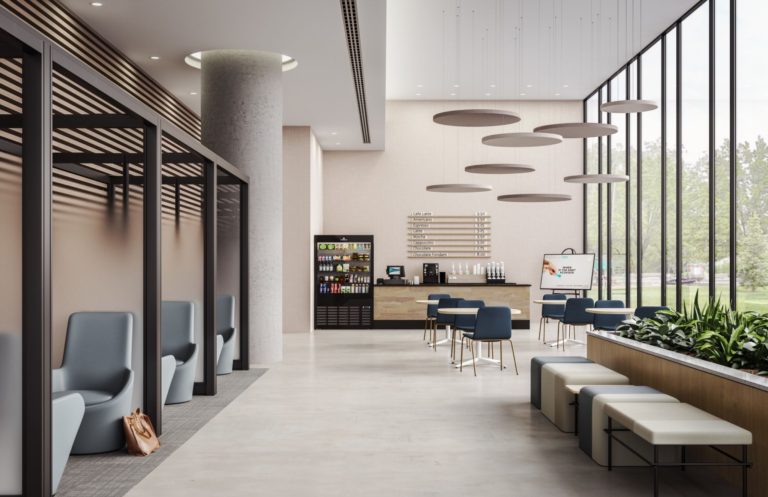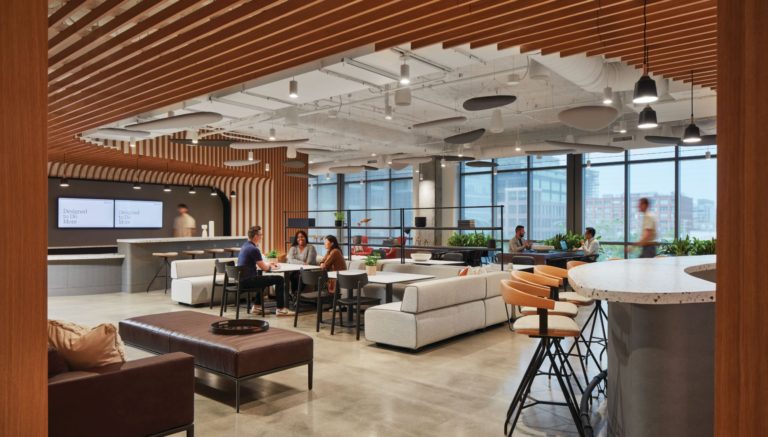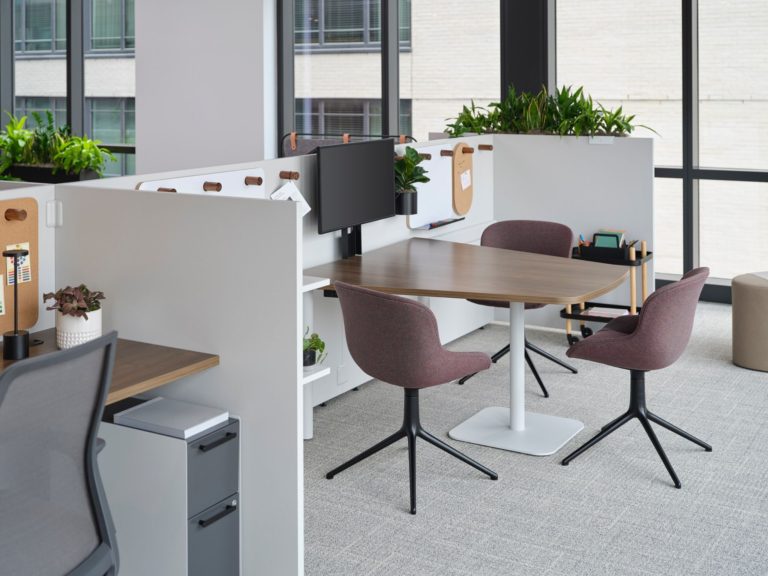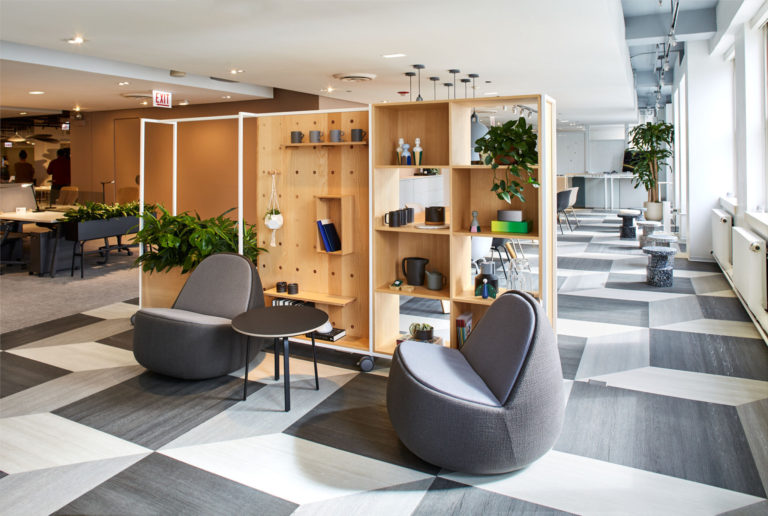
Inclusive Design
Diversity, equity, inclusion and belonging (DEIB) considerations are gaining the (long overdue) attention of corporations, in part because of they…
Welcome to your home for discussion on the latest in office design trends, industry news and exciting technology on the horizon. We love what we do so much that we just can’t seem to stop talking about it.

Diversity, equity, inclusion and belonging (DEIB) considerations are gaining the (long overdue) attention of corporations, in part because of they…

Humans come in all shapes, sizes, and abilities, and differences are not deficits. However, if our spaces are not designed…

Relationships, fundamental to human experience, have always been evolving – reflecting the cultural, social, and technological shifts of their times….

Tech-Enabled Environments Equipping the workspace with cutting-edge technology for seamless collaboration. A modern leader utilizes a workspace equipped with cutting-edge…

Inclusive Design considerations can foster a sense of welcomeness and help support a diverse workforce. There are various ways to…

We have a long history with color. Color was used in ancient civilizations before the power of color was truly…